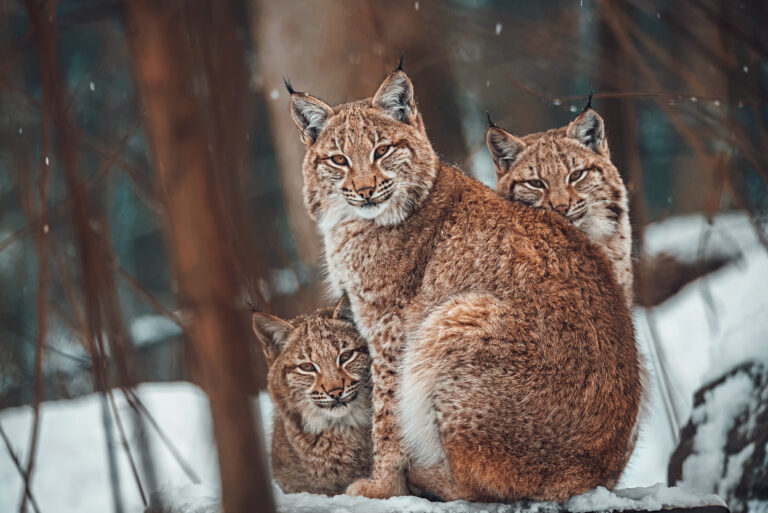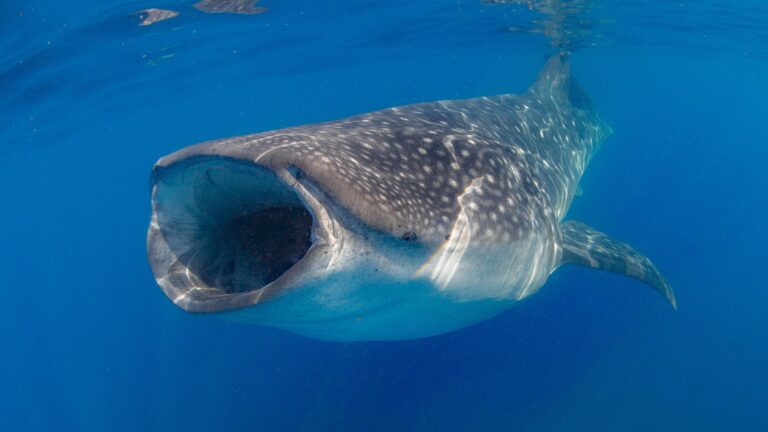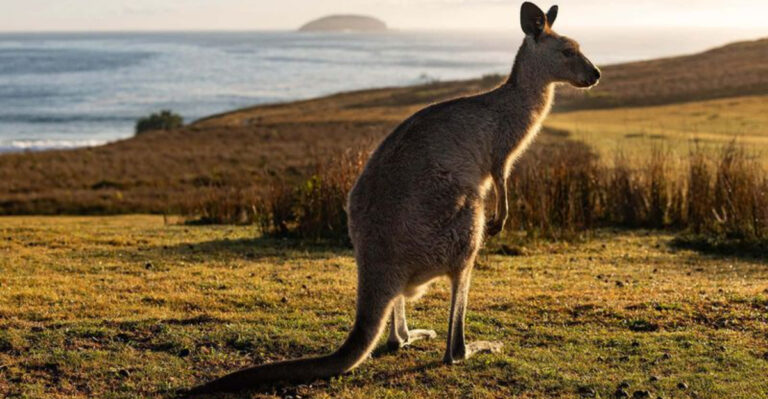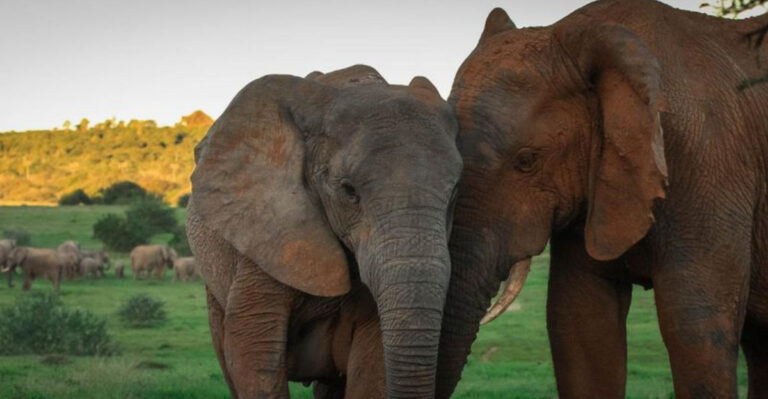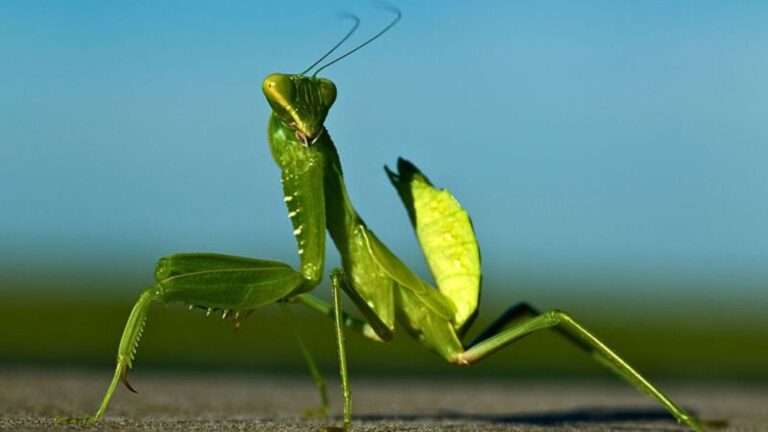Geologists Find Evidence Of A Prehistoric Marine Predator, The ‘Sea Dragon,’ In Mississippi
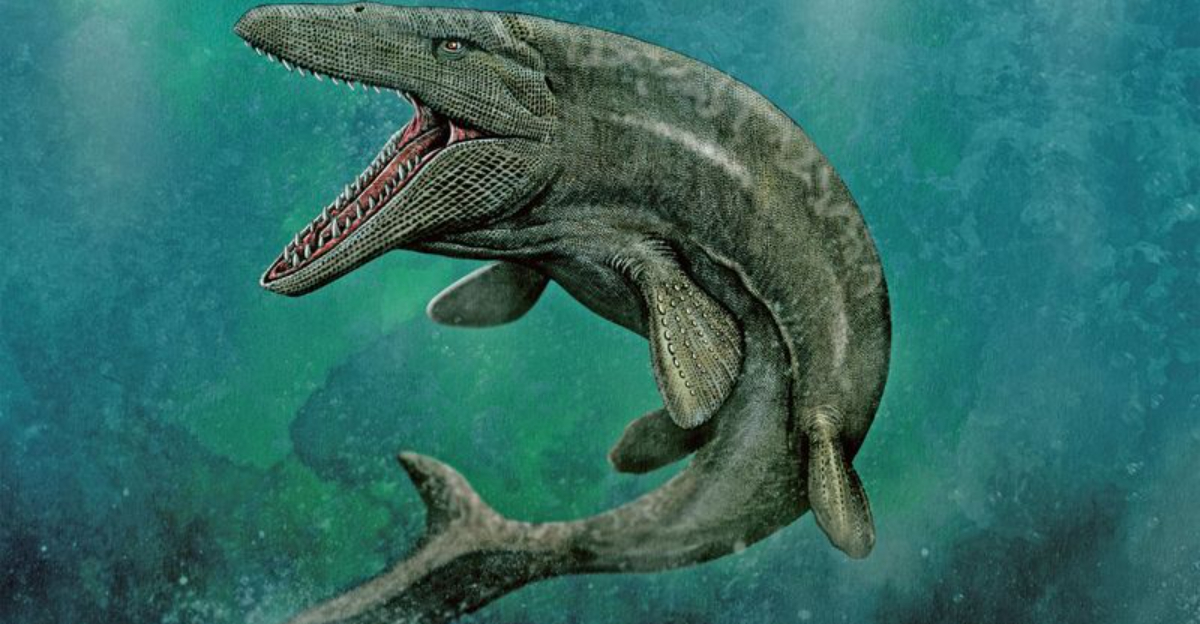
Imagine a creature so powerful it ruled ancient oceans with razor-sharp teeth and massive jaws! Scientists recently uncovered fossils of what they’re calling a ‘Sea Dragon’ in Mississippi.
This incredible discovery helps us understand what lived in our oceans millions of years ago. The findings are changing what we know about prehistoric marine life in North America.
1. Unexpected Mississippi Location Reveals Ancient Secrets
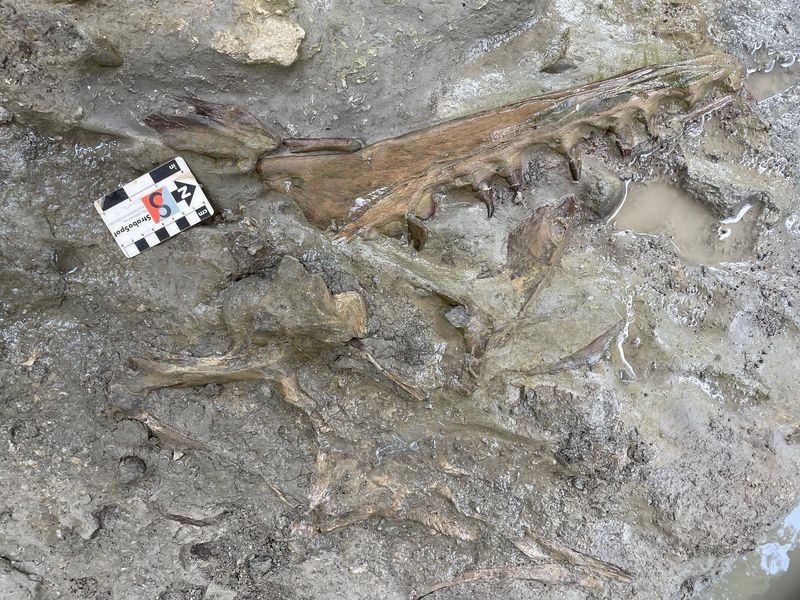
Nobody expected to find sea monster remains in Mississippi! The state was once covered by shallow seas during the Cretaceous period, roughly 80 million years ago. This discovery happened when geologists were examining rock formations for something completely different.
The team stumbled upon unusual bone fragments that didn’t match known species in the area. After careful excavation, they realized they had found something extraordinary – evidence of a massive marine predator that once dominated these ancient waters.
2. Mosasaur – The Real ‘Sea Dragon’
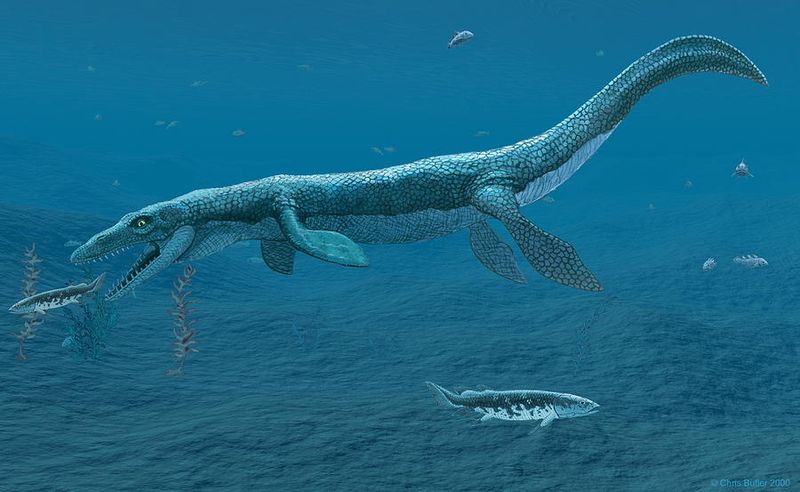
The creature wasn’t actually a dragon! Scientists identified it as a mosasaur – a giant marine reptile that lived during the Late Cretaceous period. These fierce predators could grow up to 50 feet long – about the length of a school bus!
Mosasaurs weren’t dinosaurs but were more closely related to modern monitor lizards and snakes. With powerful flippers, a strong tail for swimming, and jaws filled with conical teeth, these creatures were perfectly designed for hunting in prehistoric oceans.
3. Jaw-Dropping Teeth Tell Hunting Stories

The most exciting finds were the teeth! Measuring nearly 5 inches long, these razor-sharp weapons helped the mosasaur catch and tear apart its prey. Scientists found distinctive wear patterns suggesting this predator crunched through hard-shelled animals like ammonites and sea turtles.
Some teeth showed signs of regrowth, proving these ancient hunters constantly replaced teeth throughout their lives – just like modern sharks do. Researchers even discovered bite marks on other fossils nearby, giving clues about the sea dragon’s favorite meals.
4. Remarkable Preservation Excites Scientists

Against all odds, parts of the skeleton remained intact! The Mississippi clay created perfect conditions for preserving delicate bones. Scientists found vertebrae, rib fragments, and even parts of the creature’s paddle-like limbs.
Most exciting was a partially preserved skull showing unique features never seen before. The remarkable condition of these fossils allows researchers to study growth patterns, diet, and even possible diseases that affected this ancient predator. Such well-preserved specimens are extremely rare, making this discovery particularly valuable to science.
5. New Species Unlike Any Found Before
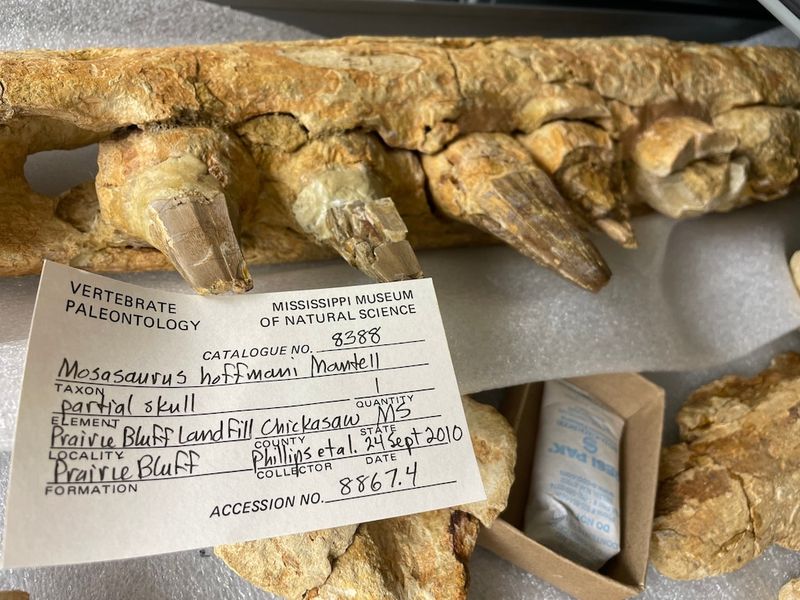
Hold onto your hats – this might be a brand-new species! Initial examinations show unique features that don’t match any known mosasaur species. The skull shape, tooth arrangement, and certain bone structures appear different from previously documented specimens.
Researchers are conducting detailed comparisons with other mosasaur fossils from around the world. If confirmed as a new species, scientists will give it a formal scientific name, likely honoring Mississippi or the specific location where it was discovered. This could put Mississippi on the map as an important prehistoric fossil site.
6. Ancient Mississippi Was Underwater Paradise
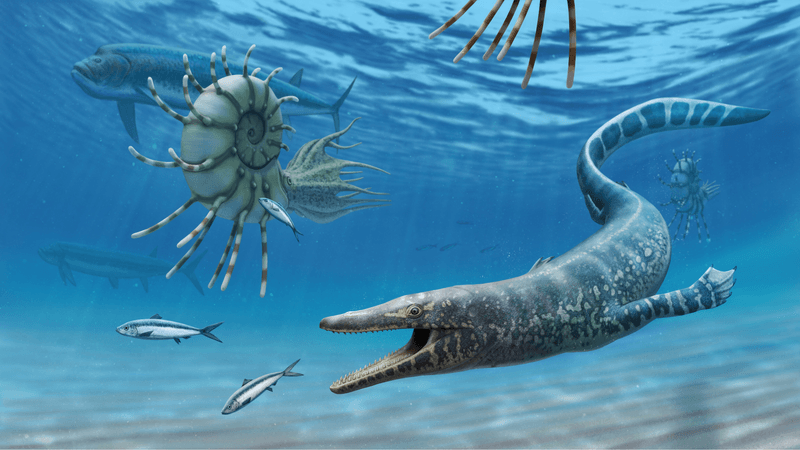
The sea dragon swam where cows now graze! During the Late Cretaceous period, much of what we now call Mississippi was submerged beneath a shallow sea. This warm, nutrient-rich environment supported incredible marine biodiversity.
The discovery helps scientists map the ancient coastline and understand how the Gulf of Mexico has changed over millions of years. Alongside the mosasaur remains, researchers found fossils of ancient fish, sharks, and shellfish – painting a picture of a thriving ecosystem where the sea dragon reigned supreme as the top predator.
7. High-Tech Tools Reveal Hidden Details
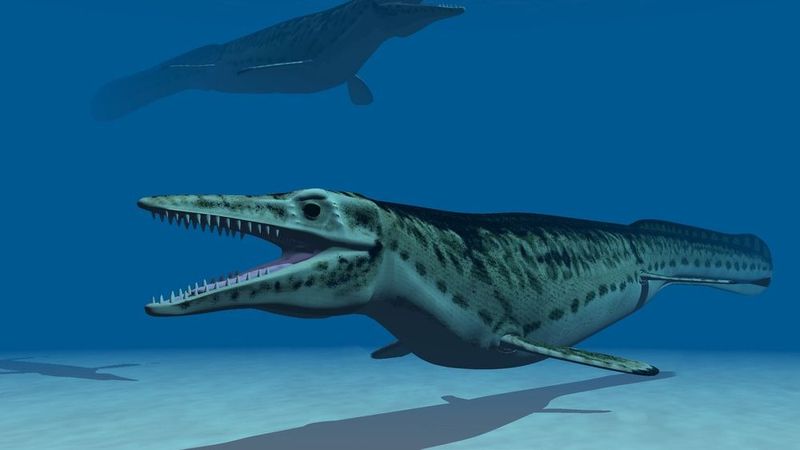
Modern technology brings ancient creatures to life! Scientists used CT scanning to see inside rock-encased fossils without damaging them. These detailed 3D images revealed internal bone structures and even helped researchers estimate the creature’s brain size.
Chemical analysis of the fossil bones showed what the mosasaur ate and the water temperature when it was alive. DNA extraction attempts, while challenging with specimens this old, might reveal genetic connections to modern reptiles. These cutting-edge techniques are transforming how we study prehistoric life.
8. Local Student Makes Breakthrough Discovery
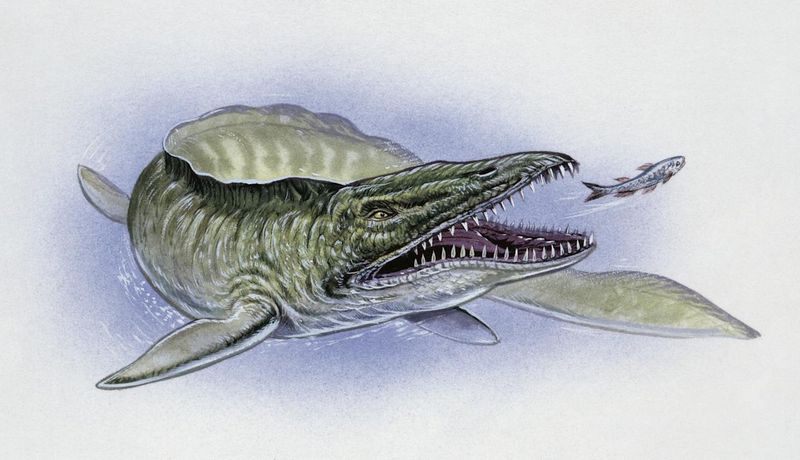
Sometimes the biggest discoveries come from unexpected sources! Twelve-year-old Zack Thompson spotted something unusual during a school field trip to a local creek. What looked like a strange rock turned out to be a mosasaur vertebra – the first clue leading to this amazing find.
Zack’s teacher contacted university geologists who organized a proper excavation. The student now visits the lab regularly to see how research progresses. This story shows how citizen science and curious minds can make significant contributions to paleontology, inspiring a new generation of fossil hunters across Mississippi.
9. Fierce Battle Marks Left On Bones
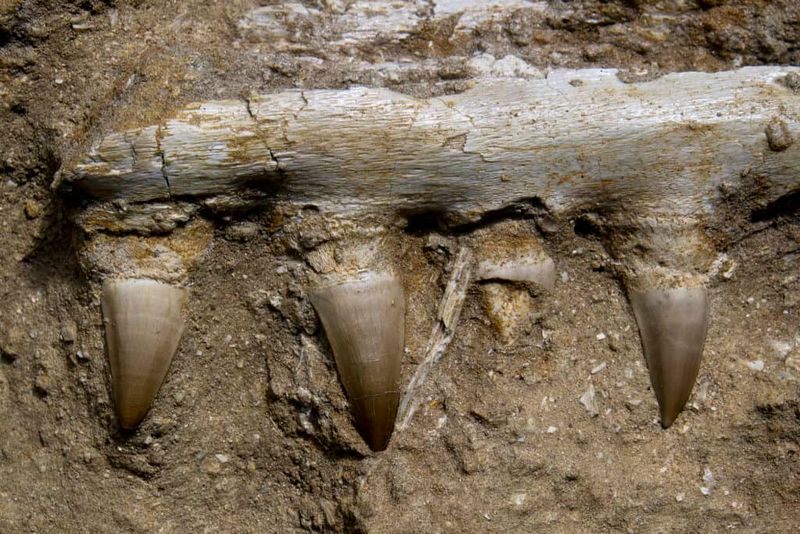
This sea dragon fought epic battles! Several bones show healed injuries suggesting violent encounters with other marine predators. One remarkable vertebra has teeth marks perfectly matching another mosasaur – evidence of prehistoric combat or possibly cannibalism.
Additional scars might come from giant sea turtles fighting back or collisions with ancient sharks. These battle marks tell dramatic stories about life-or-death struggles in prehistoric oceans. By studying these injuries, scientists can reconstruct the dangerous world where these creatures lived and the fierce competition they faced for survival.
10. Museum Exhibition Brings Sea Dragon Home

Mississippi’s newest star is ready for the spotlight! The Mississippi Museum of Natural Science is creating a special exhibition featuring the sea dragon fossils. Visitors will walk through recreated Cretaceous seascapes with life-sized models showing how these creatures hunted.
Interactive displays will let people touch replica fossils and compare mosasaur teeth to modern predators. School programs are already being developed around this discovery.
The exhibition aims to boost tourism while educating visitors about Mississippi’s surprising prehistoric past when massive marine reptiles ruled the waters covering what would eventually become the Magnolia State.

